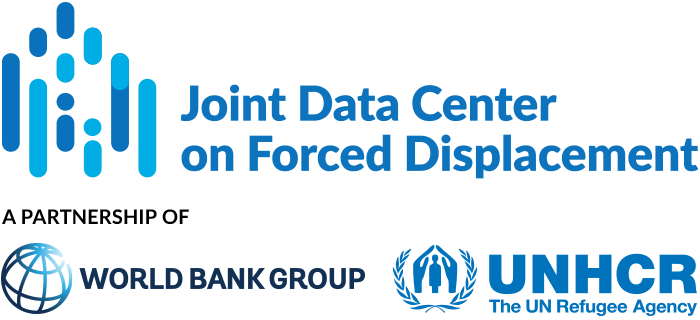This article investigates the relationships between healthcare attacks, conflict incidence, and internal displacement in Syria between 2016 and 2022. Over the 13 years of civil conflict in Syria, over 7.2 million people have been internally displaced, and 6.5 million refugees have fled the country.
The authors investigate the relationship between weekly healthcare attacks and general conflict levels, and then analyze the relationship between monthly healthcare attacks and population displacement. The study encompasses 22 districts within eight governorates: Aleppo, Damascus, Dara, Hama, Hassakeh, Homs, Idlib, and Rural Damascus. Most of the districts analyzed are in Idlib (5) and Aleppo (5) governorates. The period of analysis spans from January 2016 to December 2022.
The analysis draws on data on attacks on healthcare facilities from the Syrian American Medical Society (SAMS), conflict events from the Uppsala Conflict Data Project (UCDP), and monthly internal displacement data from the United Nations Office for the Coordination of Humanitarian Affairs (OCHA) in Türkiye. Between 2016 and 2022, SAMS recorded a total of 541 attack events, comprising 650 attack rounds targeting 235 health facilities. These facilities include hospitals, primary care centers, ambulance networks, and mobile clinics. The types of attacks documented encompass aerial attacks, improvised explosive devices, theft, assault and arrest within healthcare facilities, and shootings.
Main results:
- Conflict events were significantly associated with healthcare attacks in the same week. This correlation between the occurrence of conflict and the targeting of healthcare facilities suggests that healthcare infrastructure is particularly vulnerable during periods of heightened violence.
- Healthcare attacks were associated with increased risk of conflict events in the week following the attacks, even when accounting for the number of conflict events in previous weeks. Healthcare attacks showed a stronger association with subsequent conflict events than the number of previous conflict events, underscoring the destabilizing impact of such attacks on the broader conflict environment.
- Healthcare attacks were associated with increased displacement up to three months following the attacks. Specifically, four or more healthcare attacks in one month were associated with more than double the risk of displacement in that same month. In governorates experiencing a single healthcare attack, significant displacement began one month later.
The authors conclude that healthcare attacks significantly precede an escalation of general conflict in the same area, indicating that such attacks may serve as a catalyst for further violence. Additionally, healthcare attacks are significantly associated with increased displacement for months following the incidents, even when accounting for existing conflict levels. The authors suggest that by targeting healthcare facilities, warring parties can severely undermine individuals’ ability to seek medical care, thereby compounding community vulnerability through reduced access to healthcare, increased disease incidence, and unmet medical needs. Furthermore, the destruction of healthcare infrastructure can be a decisive factor in individuals’ decisions to flee, as the lack of medical services exacerbates dire living conditions, prompting displacement.


